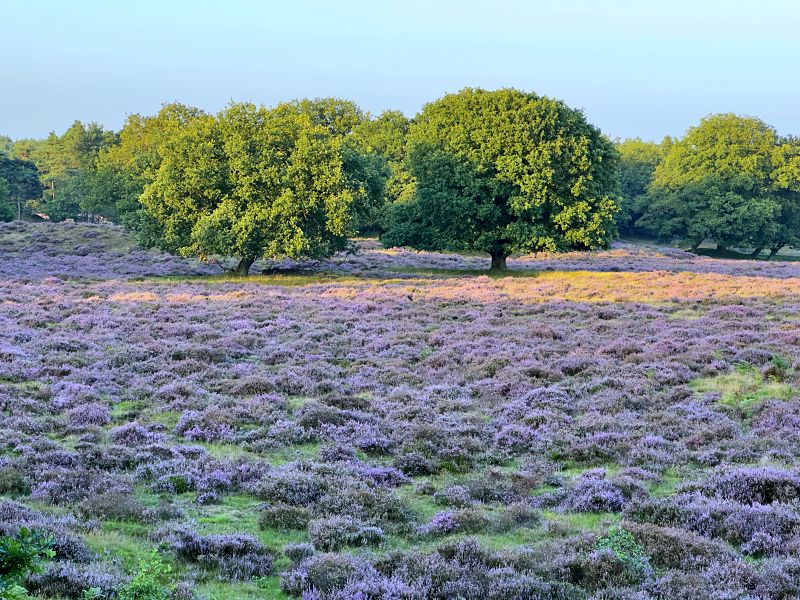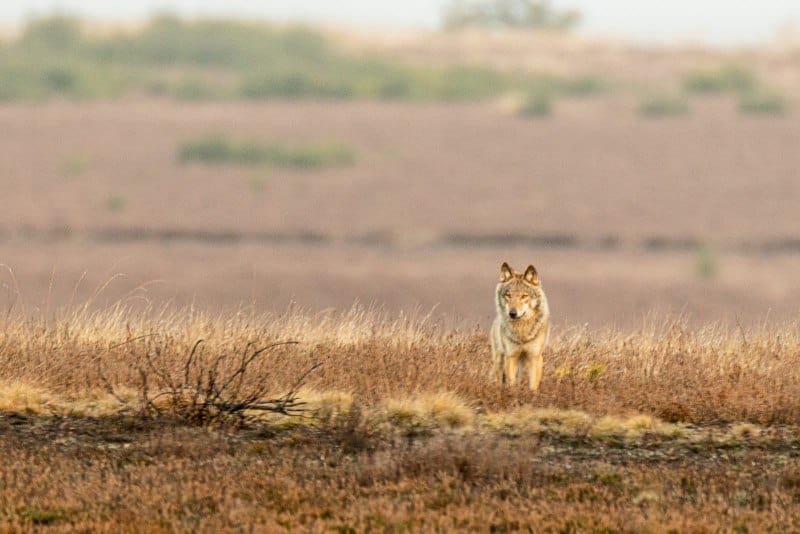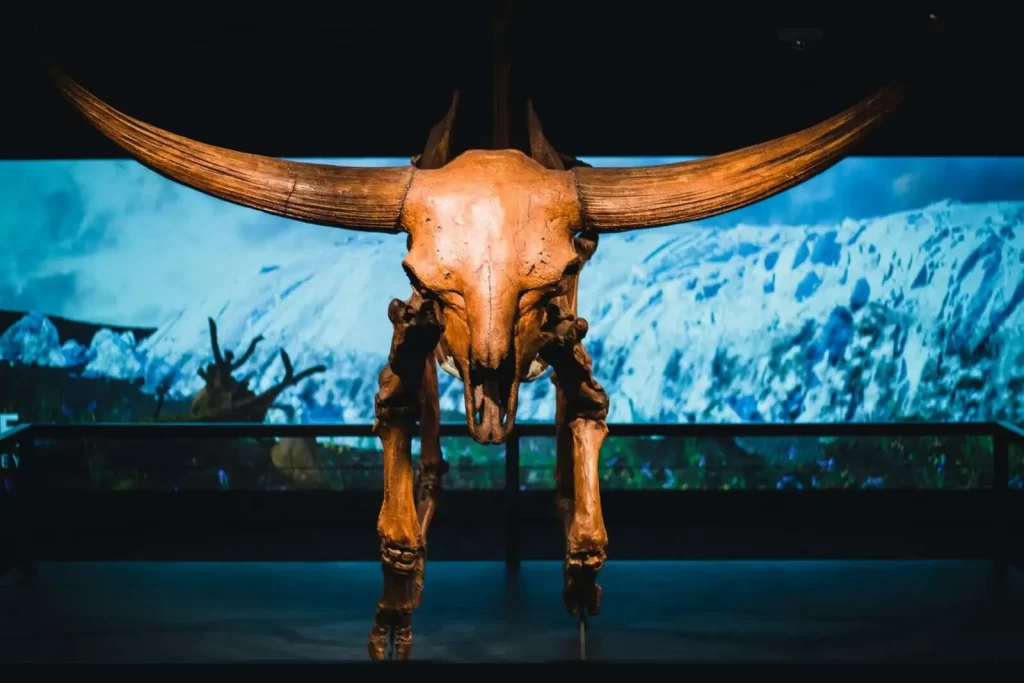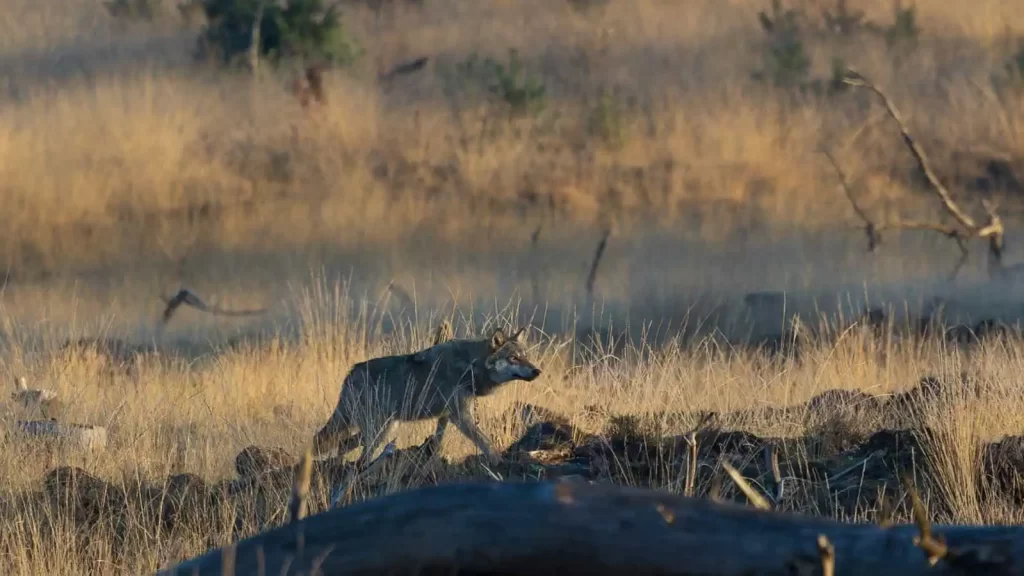Share:
Preserving Green Heritage: Endangered Native Trees and Shrubs in the Netherlands

The last wild trees and shrubs in the Netherlands are both endangered and rare. The proportion of wild trees and shrubs in the total forest area and landscape elements consisting of trees and shrubs is estimated to be less than 3%.
Green Heritage
In September 2023, the Dutch National Cultural Heritage Agency published a checklist highlighting endangered and vulnerable native trees and shrubs in the Netherlands, emphasizing the importance of preserving these vital components of biodiversity.
The checklist aims to draw the attention of land managers, government authorities, and environmental organizations to focus on safeguarding these threatened species within Dutch provinces, ultimately striving to sustain viable provincial populations of each listed species. The list underscores the critical role of wild (native) trees and shrubs in ancient woodlands and their interconnectedness with diverse ecosystems. It also highlights the importance of genetic diversity within populations and the risks associated with the dominance of cultivated trees.
Endangered wild trees and shrubs
Wild (native) trees and shrubs form the basis of biodiversity in ancient forests, hedgerows, hedges, and thickets. Forests with predominantly wild trees are referred to as “ancient woodland.” Trees and shrubs in these forest are the center of an extensive food web that has evolved around them. This represents native biodiversity, the result of ten thousand years of evolution in the lowlands.
Every tree or shrub species nurtures a complex network of organisms intricately linked to or reliant upon that specific botanical variety. The significance of ancient woodlands is further underscored by their forest floors, with biodiversity that is still uncharted and awaiting exploration.

In the Netherlands, around 100 native tree and shrub species have wild populations. Alarmingly, roughly half of these native species face the looming threat of extinction, with five species having already vanished across the nation.
It is estimated that about five locations with wild populations disappear in the country each year. Moreover, many local populations are (too) small and thus also threatened with extinction. Proper management of the remaining growth sites can reverse this trend and allow the populations of wild trees and shrubs in the Netherlands to grow again.
To identify the species at risk, Ecological Consulting Firm Maes, Wilde Bomen, and Landscape Management Flevoland, commissioned by the Cultural Heritage Agency of the Netherlands (RCE), have prepared so-called “checklists” for each province. These lists provide an overview of the threatened wild populations of native tree and shrub species by province.
Genetic diversity is the engine of evolution
A wild population of trees or shrubs boasts significantly greater genetic diversity compared to planted counterparts. Planting, even with native material, tends to yield less variation. Genetic diversity within a population enhances its resilience to climate and environmental changes, enabling certain individuals to better adapt and thrive in new conditions. To achieve this, population size matters, as each member in a natural population possesses slight differences. High genetic diversity stands as a cornerstone for wild trees and shrubs, and even in smaller populations, preservation is vital, guided by the precautionary principle. It’s crucial to note that species extinction triggers the loss of numerous other organisms.
The trade predominantly selects common trees and shrubs based on attributes beneficial to humans, including straight trunks, rapid growth, larger fruits, beautiful flowers, and ornamental leaves. This selective process has led to the reduction of natural variation and adaptability, with such trees dominating 97% of Dutch forests.
Natural forests in the Netherlands are exceedingly rare. Wild trees and shrubs on ancient growth sites occupy less than 3% of the total forest and landscape area containing trees and shrubs in the country. Even in these areas, only a fraction of the surface hosts wild trees and shrubs. Planted trees originating from various sources, timber species, invasive exotic species, and garden and park plants, often spread by wind and birds, tend to prevail, even within old forests. Consequently, new planting with native plant material lacks the same ecological value as ancient natural forests.
New planting with native plant material does not have the same value as old natural forests.
Native versus wild/autochthonous
Most native tree and shrub species have a large natural distribution in Europe. However, significant genetic differences exist within the species throughout Europe. Therefore, a distinction is made between native (or wild) and non-native trees and shrubs among native species. A native tree is not only native as a species but also locally genetically native as an individual. A native tree is part of a population that has spontaneously established itself here since the last Ice Age.
Humans may have played a role in this to some extent, but the plant material must be traceable to native populations. Old traditional forestry practices such as coppicing and pollarding have contributed to the preservation of wild trees and shrubs.
Non-native trees have a different, often unknown, origin and have been planted or naturalised outside their native range. In that way, a tree or shrub can be native to the Netherlands but not autochthonous. In this case, the plant material comes from outside the Netherlands, and/or the tree grows outside its natural distribution area. Each tree species has a natural range, and outside that range, the tree or shrub species is not native. These ranges do not necessarily align with national borders. The term “native” is imprecise, has a different definition, and does not follow national borders.
More information
The checklist includes the most endangered native species in each province, the wild population of which is threatened or vulnerable. When managing old forest cores and hedgerows, it is advisable not only to “preserve” these trees and shrubs but also to tailor the management to all wild trees and shrubs present, including those not threatened.
The checklist can be found in Appendix 2 from the RCE report “Preservation of Green Heritage.”
Which forests and landscape elements are old? These sites are displayed on the Cultural Heritage Agency’s Landscape Green Heritage map.






